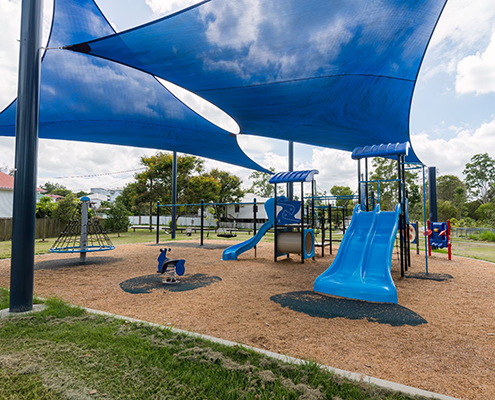
Luskin researcher and partners publish Nature Commentary defining shade deserts and ways to eliminate them
Shade is an essential solution to reduce health disparities exacerbated by extreme heat

New community-based outreach campaign responds to range of EV adoption barriers
Luskin researchers document lessons on how to improve equitable access to clean vehicles for underserved households
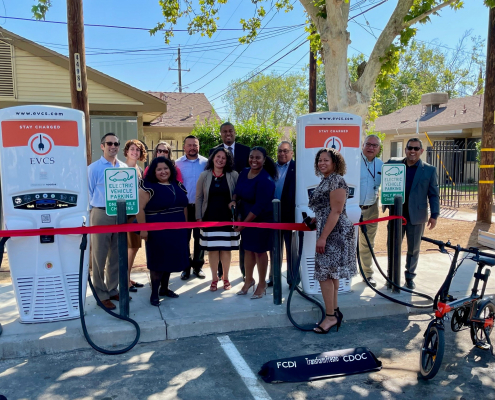
Investments facilitate community-led climate action
New progress reports from UCLA show how the Transformative Climate Communities program deepens capacity in California communities on the frontlines of the climate crisis
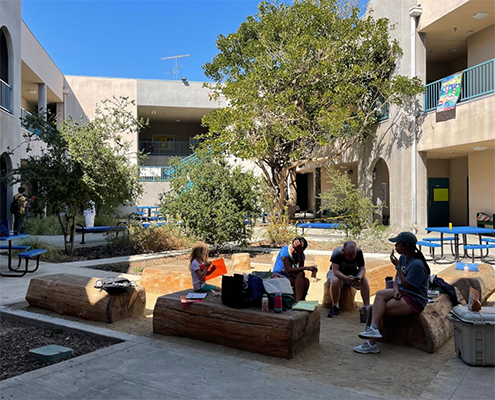 V. Kelly Turner / Luskin Center for Innovation
V. Kelly Turner / Luskin Center for InnovationCalifornia’s K-12 education system is under-prepared for rising temperatures
Heat makes it harder for students to learn and for teachers to teach. Previous research supported by the UCLA Luskin Center for Innovation quantified how these effects exacerbate educational and racial inequalities.
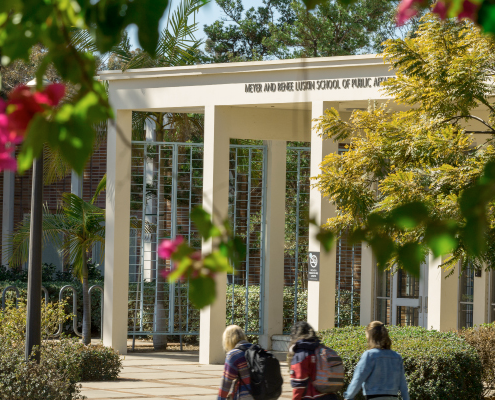
We’re hiring a manager of strategic communications and events
Apply by March 15
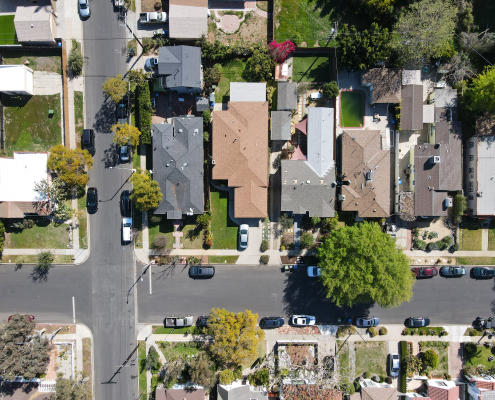 Thomas De Wever / iStock
Thomas De Wever / iStockUCLA researchers study impacts of streets on urban heat
New research finds shade, such as from trees, to be the most effective strategy to cool hot city streets

New shade shelter prototype aims to keep transit riders cool
Community-driven research strives to prevent heat-related illnesses

Heat waves aren’t going anywhere. Here’s how we can prepare.
UCLA’s V. Kelly Turner takes a multi-pronged approach that emphasizes equitable solutions to this dangerous problem
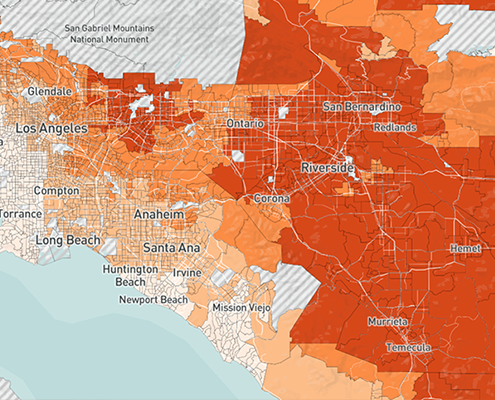
Who will be most impacted by rising temperatures in California?
New online mapping tool helps the state prepare for extreme heat

Most major U.S. cities are underprepared for rising temperatures
A UCLA-led analysis highlights gaps in municipal planning for often-deadly rising temperatures
